The application of intelligent foot scanners in sports rehabilitation is gradually becoming an important component of modern rehabilitation medicine research.
Especially systems built on the basis of laser three-dimensional scanning technology provide doctors with unprecedentedly accurate information on foot structure, enabling rehabilitation assessment to shift from "experience-based judgment" toward "data-driven diagnosis."
It can not only fully restore the geometric shape of the foot but also quantify subtle changes in the plantar structure after sports injuries, thereby providing a scientific basis for formulating rehabilitation plans and tracking therapeutic effects.
The working principle of laser foot scanners is non-contact optical ranging, using high-precision laser beams to rapidly scan the plantar surface.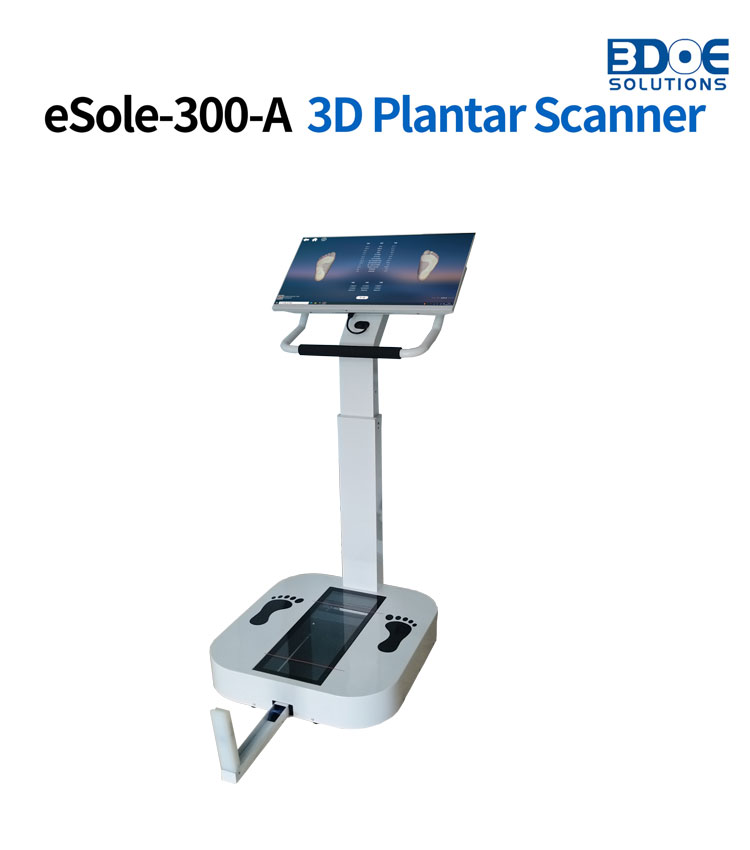
When the laser irradiates the skin of the foot, its reflected signal is captured by a sensor, and the three-dimensional coordinates of each point are calculated through the triangulation method or Time of Flight (TOF) method.
The device can generate high-density point cloud data in a few seconds, which is then reconstructed through algorithms into a complete three-dimensional foot model, with errors controllable at the submillimeter level. This accuracy is sufficient to reveal subtle changes such as muscle atrophy, arch deformation, or uneven recovery of the ankle joint.
In the context of sports rehabilitation, the clinical value of three-dimensional foot data is particularly significant.
After sports injuries, rehabilitation patients often experience minor structural changes in the plantar area, such as decreased arch height, uneven metatarsal support, or changes in toe abduction angles.
Subtle details that are difficult to perceive with the naked eye can be intuitively displayed through spatial data by the laser scanner. Doctors can evaluate foot stability, muscle recovery, and support structure reconstruction by comparing three-dimensional models before and after rehabilitation training, thereby accurately adjusting rehabilitation programs.
Another advantage of laser scanning is that it is completely non-contact and non-damaging.
Patients do not need to stand barefoot on molds or be subjected to external pressure during scanning and can maintain a natural standing posture. The measured foot data is closer to the actual state. This non-contact detection method is safe and comfortable for patients who have just experienced sprains, surgeries, or fracture recovery, reducing the risk of secondary injury.
In addition, the three-dimensional data generated by laser scanning can be stored for long periods and used for trend analysis.
Rehabilitation institutions can establish digital archives of patients’ feet and perform regular scans and comparisons to observe dynamic trends in foot shape and posture changes.
Doctors can quantify rehabilitation progress based on this information and assess muscle balance recovery and the risk of arch collapse, achieving scientific course management and individualized rehabilitation evaluation.
Technically, intelligent foot scanners combined with artificial intelligence algorithms can automatically identify key anatomical landmarks, such as the metatarsal heads, arch apex points, and ankle base points.
Through three-dimensional reconstruction and model fitting, the system can quickly generate standardized parameter reports to assist doctors in formulating more accurate rehabilitation plans. For example, after Achilles tendon surgery or during foot and ankle stability training, three-dimensional models can be used to quantitatively describe changes in foot support morphology and guide patients in posture correction.

 +86-0755-86131192
+86-0755-86131192 2025-10-27
2025-10-27 Back to list
Back to list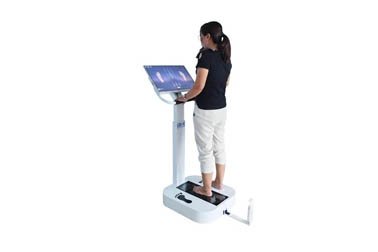
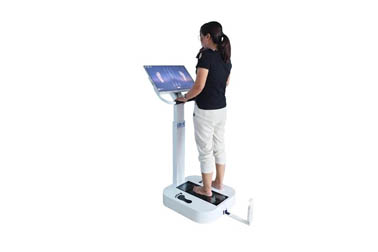
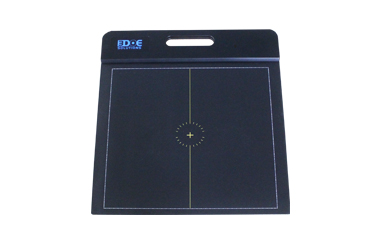
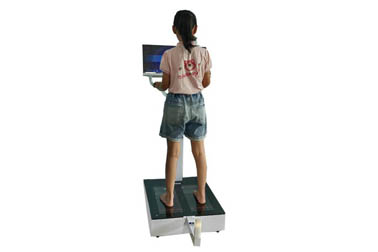
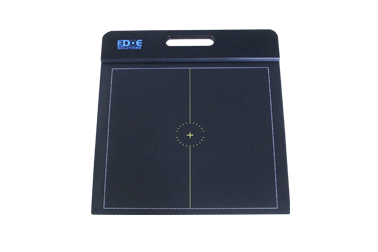
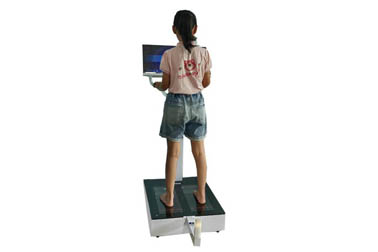



 +86-0755-86131192
+86-0755-86131192